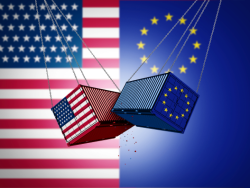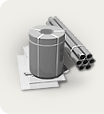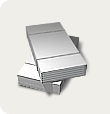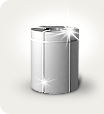As the European Commission is working on a new trade defense mechanism to protect the EU steel industry from global overcapacities and unfair trade practices, Finnish stainless steelmaker Outokumpu has urged Brussels to adopt more effective safeguard measures before the current framework expires in July 2026, highlighting risks from low-priced Asian imports and trade diversions caused by US tariffs.
European steel Sector under pressure
The European steel sector is facing pressure from global overcapacity, especially from Asia, and from distorted trade practices in countries such as China. These problems are exacerbated by the 50% U.
S. tariffs on steel imports, which redirect exports flowing from the U.
S. to the European market.
According to Katia Ter Horst, President and CEO of Okumpu, European mills are already struggling with low hood usage, weak demand, and growing low-price competition. She stressed that reliable guarantees are necessary not only to ensure fair competition, but also to protect Europe's independence in mobility, infrastructure, defense and clean technologies. They are also key to creating a viable business case for decarbonizing EU Steel.
Oukumpu's suggestion: Spilled). . These quotas should reflect market conditions during periods of low accuracy, such as 2012-13. Feedback and emergency mechanisms
. To remain effective, the protection system must include:
- Periodic reviews to ensure quotas and tariffs reflect actual demand and imports. Resolution of corrective actions without delay.
Outokumpu argues that such a flexible but rigorous protection system will help rebalance trade flows, protect EU-based producers, and strengthen the path to decarbonized steel.






